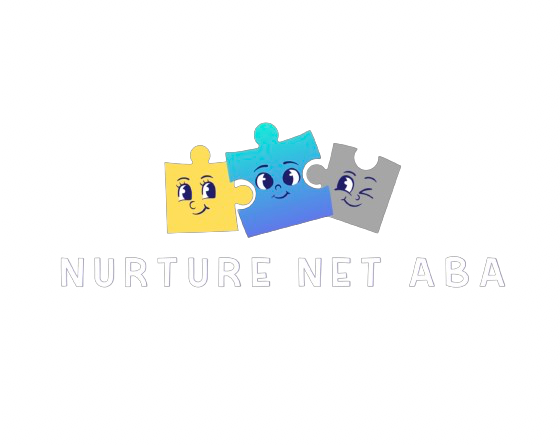SKILL ACQUISITION
The "Skill Acquisition" section of the Registered Behavior Technician (RBT) exam typically focuses on assessing your knowledge and understanding of principles related to teaching new skills to individuals with autism or other developmental disabilities. This section evaluates your grasp of fundamental concepts and techniques used in Applied Behavior Analysis (ABA) for skill acquisition.
Here are some topics you might encounter in this section:
-
Task Analysis
Understanding how to break down complex skills into smaller, manageable steps.
-
Prompting and Prompt Fading
Knowledge of various types of prompts (verbal, gestural, physical) and how to systematically fade them to promote independent skill performance.
-
Error Correction
Strategies for addressing errors during skill acquisition sessions to facilitate learning.
-
Reinforcement
Understanding the principles of reinforcement and how to use reinforcement effectively to teach new skills.
-
Preference Assessments
Knowledge of methods for identifying reinforcers preferred by the individual to enhance motivation during teaching sessions.
-
Data Collection
Familiarity with different methods of data collection to track progress and make data-driven decisions.
-
Generalization and Maintenance
Understanding how to promote generalization of skills across different settings, people, and materials, as well as ensuring maintenance of acquired skills over time.
-
Functional Communication Training:
Techniques for teaching individuals to communicate effectively to meet their needs.
-
Chaining Procedures
Knowledge of forward and backward chaining methods for teaching multi-step skills.
-
Task Variation
Strategies for introducing variability in teaching to prevent skill acquisition from becoming rote and to promote generalization.
